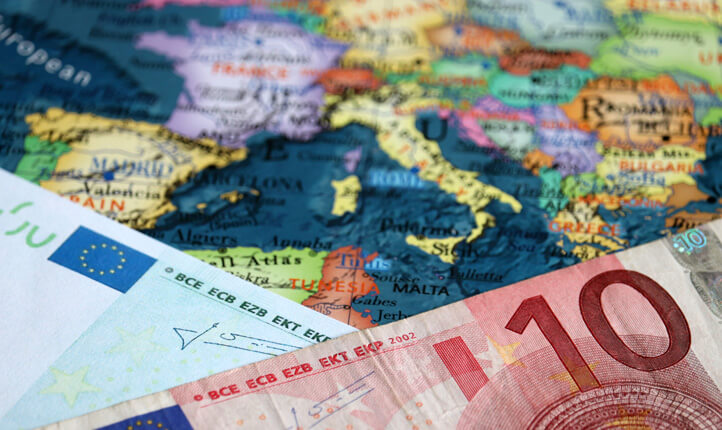By Matthew Vassallo
Whilst much of the media’s focus over recent days has centred around the release of Prince Harry’s memoir and it’s ‘he said she said’ content, you could be forgiven for perhaps thinking that there were no other pressing matters at hand.
Whilst the Pound enjoyed a relatively prosperous end to 2022 it has certainly not started 2023 in the same vein, with Sterling taking a hit against both the USD & EUR since the turn of the year.
GBP/USD rates by almost 5 cents from the highs of late November, although the silver lining for anyone holding Sterling positions was the announcement by members of the US Fed who indicated we were likely to see a slowdown in interest hikes by the US central bank this year.
Whilst global economic forecasts still look fairly bleak in the grand scheme of things, any indication that inflations levels may start to decrease in line with growing expectations, could lead to an increase in investors risk appetite. One of the key drivers of the US dollars value over the past 18 months, is that it has historically always been the currency of choice for investors during periods of economic fragility. If the markets sense a slowdown in US interest rate rises and start to see inflation levels fall back towards more manageable levels, this could act as a catalyst for a more bearish market with investors reacting in kind.
As it currently stands however, there is still much uncertainty as to how things will play out in the global markets. The Euro, for so long a relative sitting duck, has suddenly found pockets of support following more bullish statements from the ECB, who have increased their bottom-line growth forecast for the second & third quarters of this year. The Eurozone economy is yet another that looks as if it may break free of the current global economic shackles before the UK does, with the Euros recent and unexpected upturn against the Pound, adding further weight to this theory.


